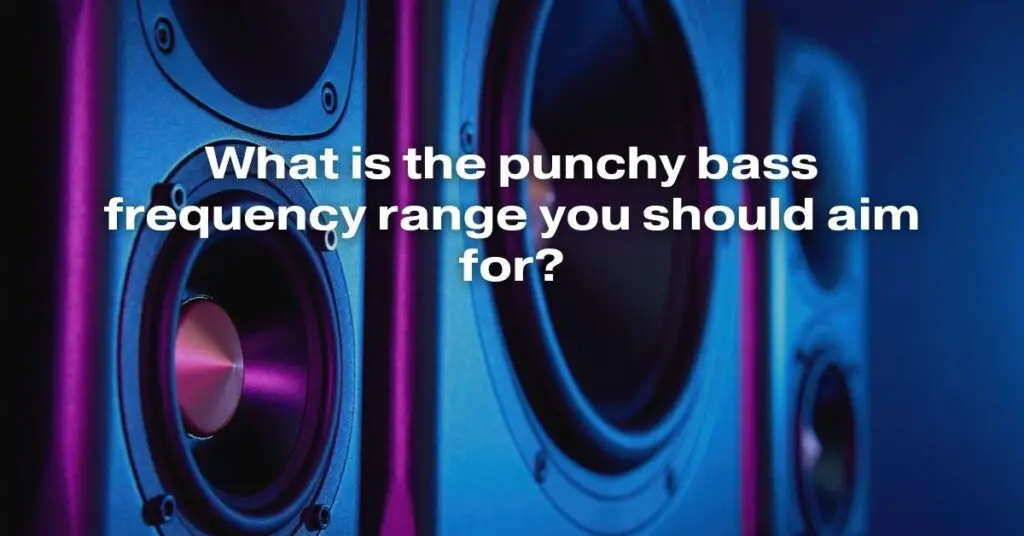Punchy bass is a sought-after characteristic in many genres of music, adding impact and energy to the overall sound. It’s often described as a bass sound that is tight, controlled, and has a quick attack and decay. Achieving punchy bass requires careful attention to both the frequency range and the dynamics of the bass sound.
The Punchy Bass Frequency Range
The key frequency range for punchy bass lies between 60Hz and 250Hz. This range encompasses the fundamental frequencies of most bass instruments, including the bass guitar, kick drum, and low-end synths. Boosting this range can add definition and impact to the bass, but it’s important to avoid overdoing it, as excessive boosting can make the bass sound muddy or boomy.
Shaping the Punchy Bass
In addition to frequency equalization, there are other techniques that can help achieve punchy bass. One effective method is to use transient shapers or compressors to control the attack and decay of the bass sound. A fast attack will emphasize the initial impact of the bass, while a quick decay will prevent it from lingering and muddying the mix.
Tips for Achieving Punchy Bass
Here are some additional tips for achieving punchy bass:
- Use high-quality bass instruments and samples.
- Ensure proper recording and mixing techniques to capture a clean and defined bass sound.
- Use a combination of EQ, transient shaping, and compression to sculpt the bass sound.
- Reference professional recordings in your genre to get a sense of the desired punchy bass sound.
Conclusion
Punchy bass is an essential element in many genres of music, adding power and excitement to the overall sound. By understanding the key frequency range and using appropriate processing techniques, you can achieve punchy bass that enhances your music without overpowering the mix.


